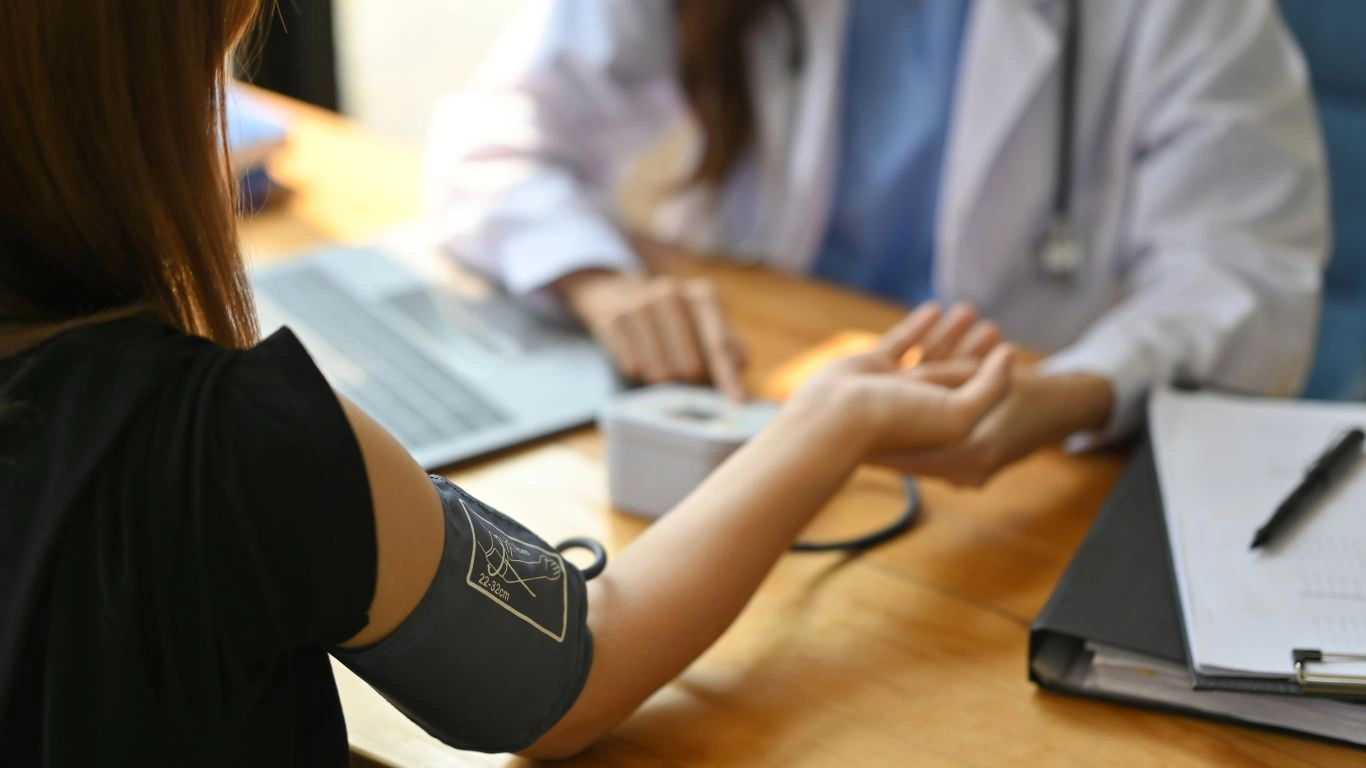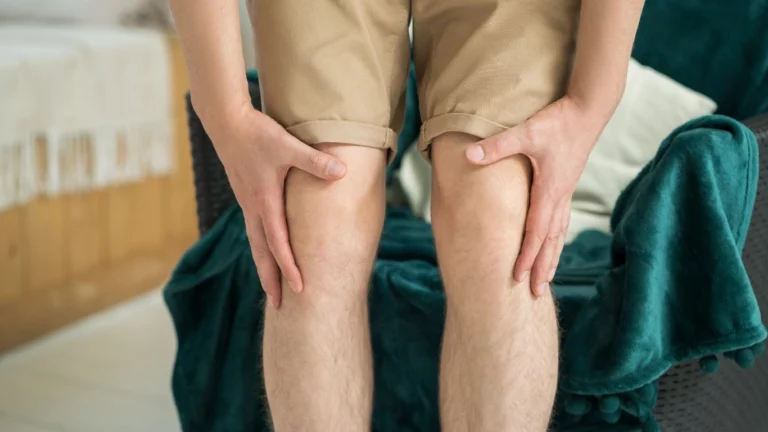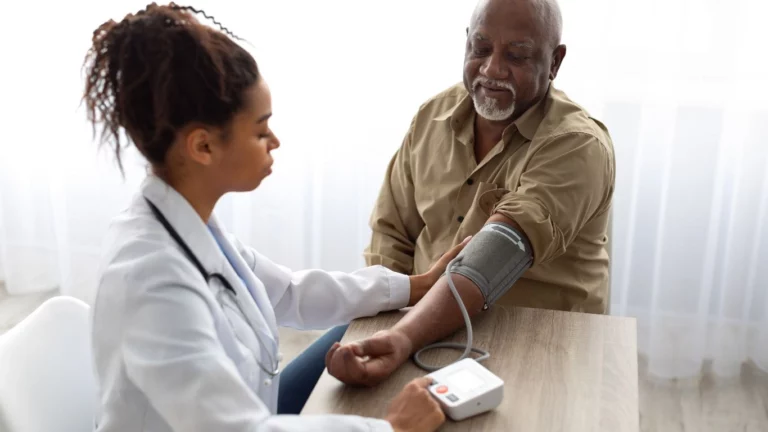Best BP-friendly Pantry Staples Checklist for Heart Health
Last Updated on June 12, 2025 by Gwenna Aazee
Keeping your blood pressure (BP) in a healthy range is one of the best things you can do for your heart. High blood pressure, also called hypertension, affects millions of people and can lead to serious health problems like heart disease or stroke. But the good news? Making small changes in what you eat—starting right in your pantry—can make a big difference.
Let’s walk through a helpful checklist of BP-friendly pantry staples. These are everyday items you can keep on hand to support your blood pressure and overall heart health.
Understanding Blood Pressure and Your Heart
Blood pressure is the force of your blood pushing against the walls of your arteries. Your heart pumps blood, and your arteries carry it to the rest of your body. If your blood pressure is too high for too long, it can damage your blood vessels and lead to health issues.
Doctors measure blood pressure using two numbers: systolic (the top number) and diastolic (the bottom number). For most adults, a healthy blood pressure is around 120/80 mm Hg. Anything higher might be considered elevated or high blood pressure.
Eating too much sodium (salt), not getting enough potassium, and eating a lot of processed foods can raise your risk. But building a pantry with the right staples can help you stay on track.
How Food Affects Your Blood Pressure
The foods you eat play a big role in how your blood pressure behaves. Certain nutrients help your heart and blood vessels work better. Others—especially too much salt—can make things worse.
Here’s how it works:
- Potassium helps your body get rid of excess sodium through urine and relaxes blood vessel walls.
- Magnesium supports normal blood flow and may help regulate BP levels.
- Fiber can lower blood pressure by helping with weight management and reducing cholesterol.
- Sodium (in large amounts) causes the body to retain fluid, which raises blood pressure.
That’s why it’s important to build a pantry full of heart-healthy ingredients that are naturally low in sodium and high in the good stuff.
BP-Friendly Pantry Staples Checklist
Here’s a list of staple items you can keep in your pantry that are smart choices for maintaining healthy blood pressure. These foods are budget-friendly, easy to store, and can be used in everyday meals.
Whole Grains
- Brown rice
- Quinoa
- Oats (plain, unsweetened)
- Whole wheat pasta
- Barley
Whole grains are rich in fiber and help keep blood pressure in check. Choose options that are labeled “100% whole grain.”
No-Salt-Added Canned Goods
- Canned beans (like black, kidney, or chickpeas)
- Canned tomatoes
- Low-sodium vegetable broth
Look for “no salt added” or “low sodium” labels. Rinse canned beans to remove extra sodium before using.
Herbs and Spices (Salt-Free)
- Garlic powder
- Onion powder
- Oregano
- Thyme
- Rosemary
- Turmeric
Using herbs and spices instead of salt adds flavor without raising your blood pressure.
Nuts, Seeds, and Healthy Oils
- Unsalted almonds or walnuts
- Chia seeds
- Flaxseeds
- Olive oil
- Avocado oil
These pantry staples contain healthy fats and magnesium, which are good for your heart. Just watch portion sizes to avoid excess calories.
Dry Legumes
- Lentils
- Split peas
- Black-eyed peas
Dry legumes are affordable, long-lasting, and great sources of fiber and potassium. They’re easy to cook and can be added to soups, stews, or salads.
Vinegars and Flavor Boosters
- Balsamic vinegar
- Apple cider vinegar
- Lemon juice (bottled or fresh)
A splash of vinegar or citrus can brighten dishes without the need for added salt.
Teas and Beverages
- Unsweetened green tea
- Herbal teas (like hibiscus)
Green tea and hibiscus tea may help lower blood pressure when enjoyed regularly—without added sugar or sweeteners.
Common Causes of High Blood Pressure
While food is a major player, other factors can also lead to high blood pressure. Understanding what causes it can help you make better choices and stay ahead of problems.
- Eating a high-sodium diet
- Not getting enough potassium or magnesium
- Lack of physical activity
- Being overweight
- Drinking too much alcohol
- Smoking
- Stress
- Genetics or family history
Everyone’s body is different, and sometimes blood pressure rises even with a healthy lifestyle. Still, simple pantry swaps can be part of your action plan.
When to Talk to Your Doctor
If you’ve been diagnosed with high blood pressure or you’re at risk, it’s important to check in with your doctor regularly. Even if you feel fine, high BP often doesn’t cause noticeable symptoms until it becomes severe.
Consider talking to your healthcare provider if:
- Your blood pressure is often over 130/80 mm Hg
- You feel dizzy, have headaches, or experience vision changes
- You’re unsure which foods are best for your condition
- You want to adjust your diet but take medication
Managing blood pressure is a team effort. Your doctor can help you come up with a plan that includes healthy eating, physical activity, and, if needed, medication.
Remember, you don’t have to overhaul your pantry all at once. Start with a few swaps—like choosing no-salt beans or whole grains—and build from there. Every small step adds up to a healthier heart.

Dr. Gwenna Aazee is a board-certified Internal Medicine Physician with a special focus on hypertension management, chronic disease prevention, and patient education. With years of experience in both clinical practice and medical writing, she’s passionate about turning evidence-based medicine into accessible, actionable advice. Through her work at Healthusias.com, Dr. Aazee empowers readers to take charge of their health with confidence and clarity. Off the clock, she enjoys deep dives into nutrition research, long walks with her rescue pup, and simplifying medical jargon one article at a time.






